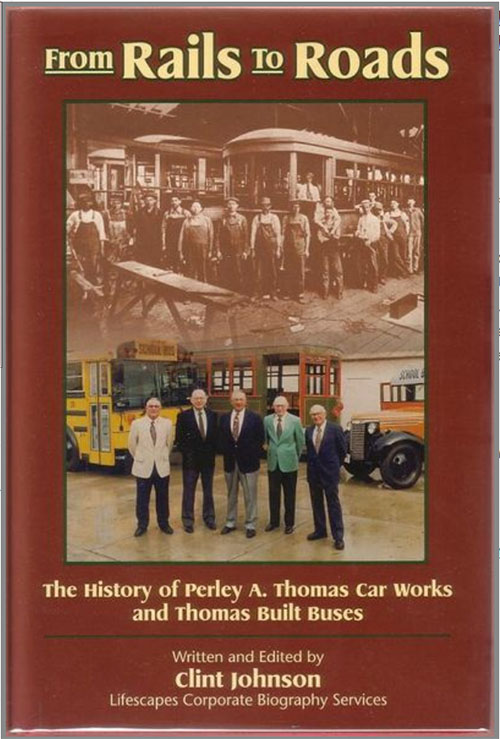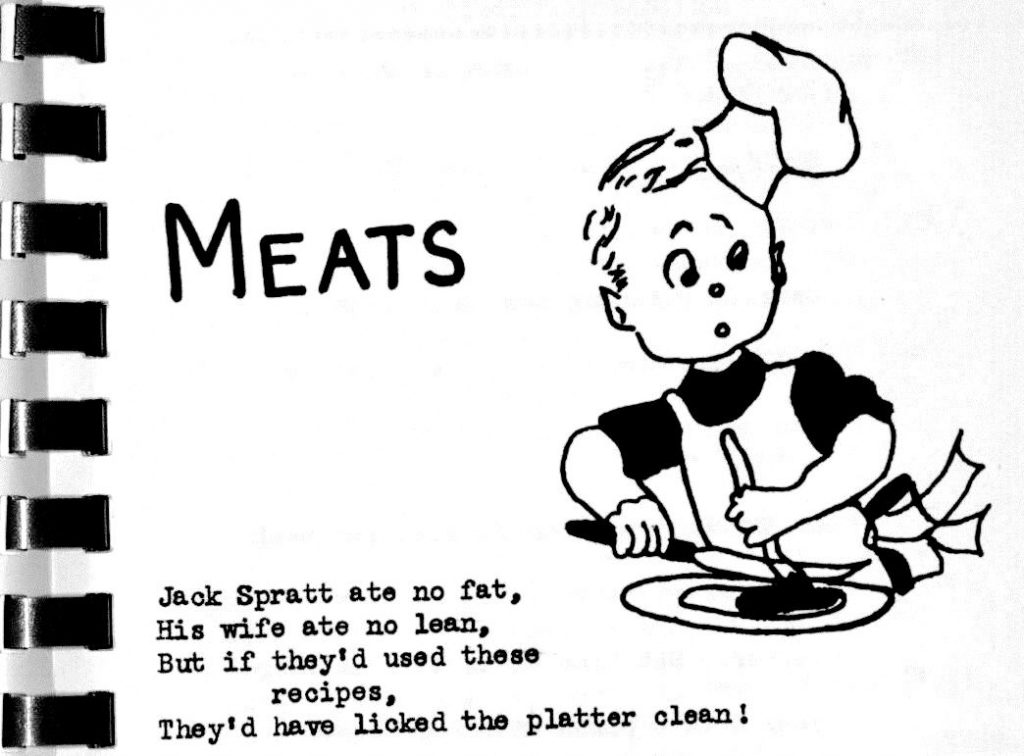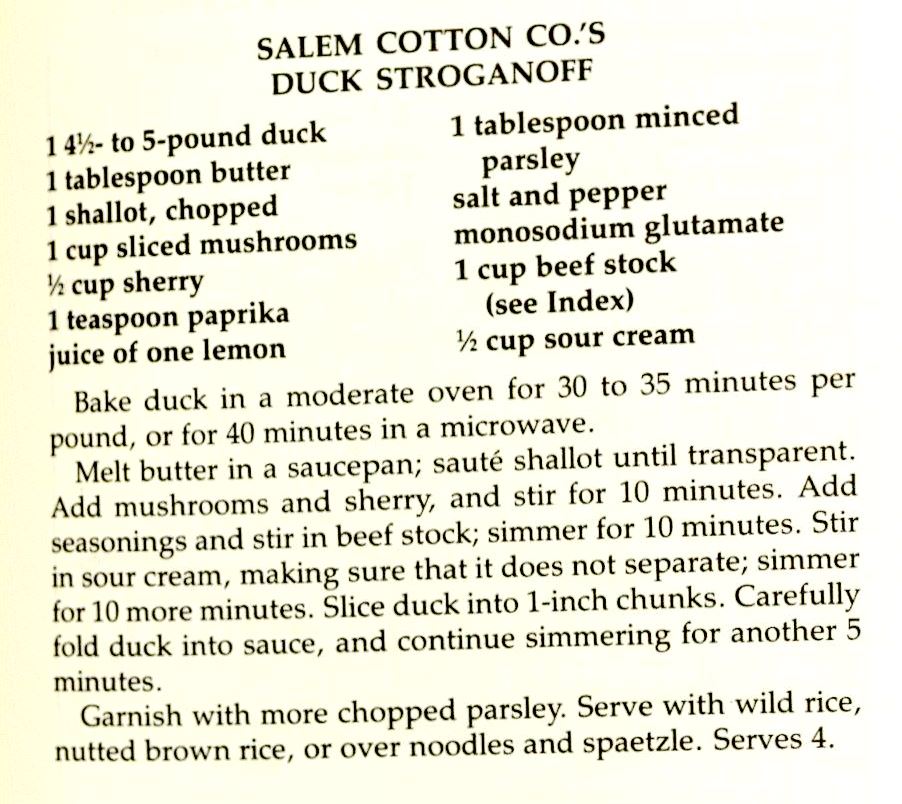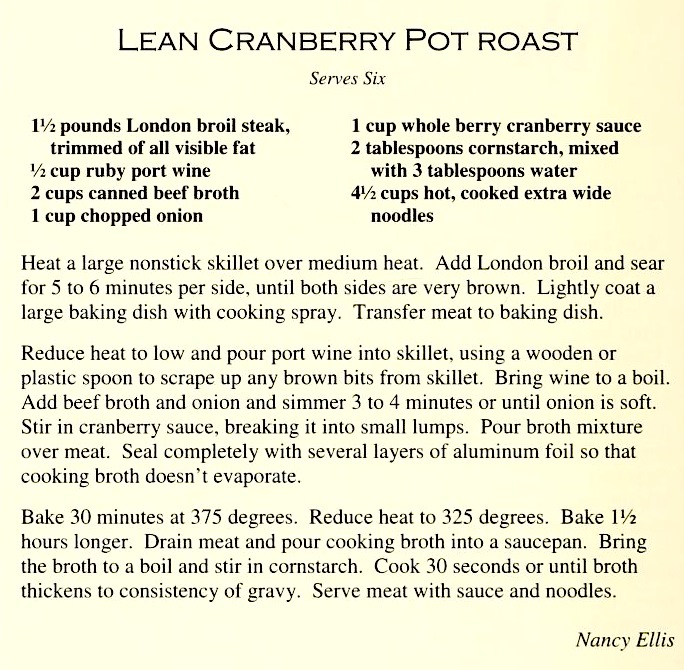The story is often told (by me, among others) that it was a news photo of Dorothy Counts desegregating Harding High School that motivated James Baldwin to return to the U.S. from Paris.
In fact, that’s what Baldwin himself wrote. Impossible, says Douglas Field in “A Historical Guide to James Baldwin” (2009):
“After living in France for nine years, Baldwin decided to return to the United States in 1957…. By the time Baldwin wrote ‘No Name in the Street’ (1972), he would trace this decision to a moment in the fall of 1956 when he was covering the first International Conference of Black Writers and Artists, at the Sorbonne, in Paris for Encounter. On the way to lunch with Richard Wright and other black writers from the conference, Baldwin writes that they were faced with newspaper images of ‘fifteen-year-old Dorothy Counts being reviled and spat upon by the mob as she was making her way to school in Charlotte, North Carolina.’
“In fact, this recollection is historically inaccurate, because Dorothy Counts would not be reviled and spat upon for another year, not long before Baldwin arrived in Charlotte to cover the desegregation struggle….”
Although the Brian Williams affair has cast a spotlight on the unreliability of memory, conflation is obviously not a new phenomenon.








